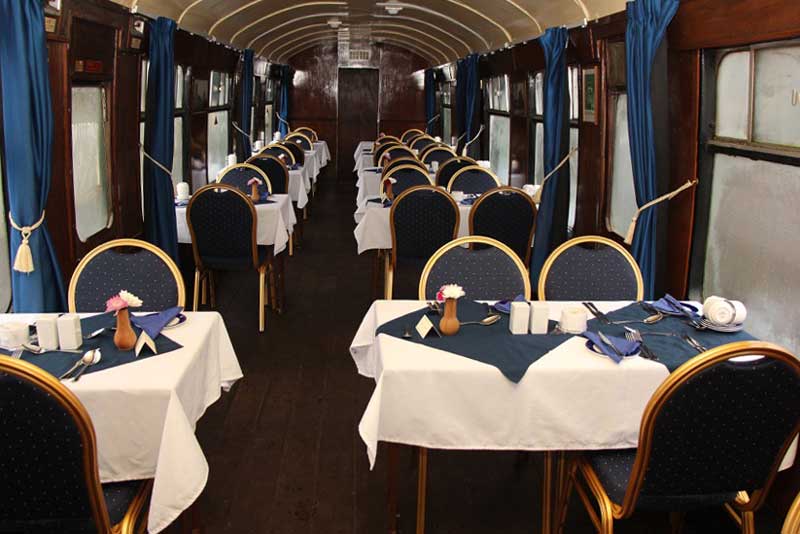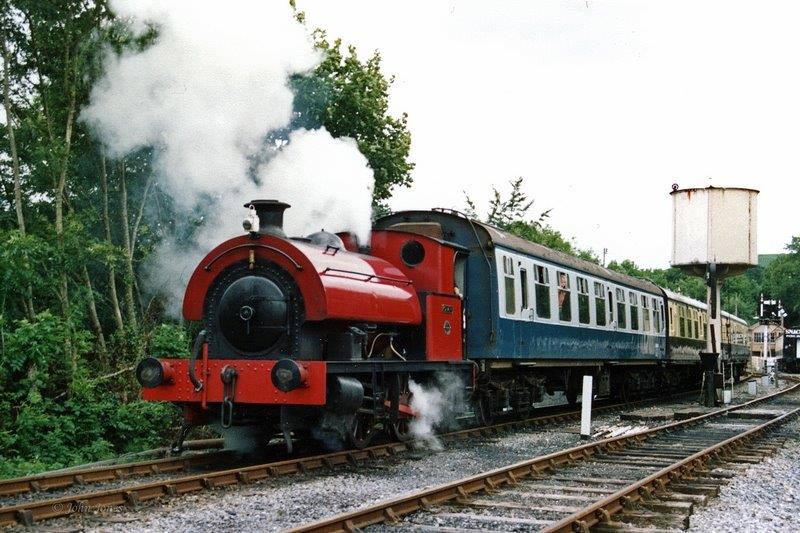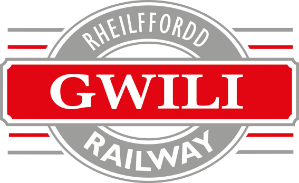SK W 24825
Built in Derby in 1955, this coach is an example of a British Railways Mk 1 corridor second coach. It is currently in service on the railway, and carries the livery of British Railways maroon.
BSK W 35012
Built by Metro Cammell in 1957, this coach is an example of a British Railways Mk 1 brake standard corridor coach. It worked for many years on the Southern region, and was purchased by long-standing volunteer Doug ‘Will’ Rice for the Gwili Railway in 1990. The coach carries the livery of British Railways maroon.
BSK M 35448
Built at Wolverton in 1962, this coach is an example of a British Railways Mk1 brake corridor second coach. The coach entered preservation at the Bluebell Railway in March 1992, and was repainted into Southern green livery. In the Summer of 2014, it was sent by road to Cranmore (East Somerset Railway) for a contract repair and repaint, before moving (July 2014) to Bronwydd Arms. The coach (now wearing the livery of BR maroon) has been in service on the railway since then.
CK 16232
Built at Derby in 1962, this coach is an example of a British Railways Mk 1 composite corridor coach. It was bought for preservation in 1994 by the 75069 group (based at the Severn Valley Railway), and entered service there in February 1997. It was subsequently sold and moved to Bronwydd Arms in 2008, where it has been in service ever since.


TSO W 4420
Built by the Birmingham Railway Carriage and Wagon Company (BRCW) in 1956, this is an example of a British Railways tourist standard open coach. It was purchased for preservation in 1993, and carried British Railways maroon livery for the first part of its preservation life. The coach was subsequently painted into British racing green for the Gwili Railway’s dining train. The coach is now in service on a regular programme of dining trains and cream tea specials.
KBU 4406
Built at Wolverton in 1960, this coach was originally an example of a British Railways Mk.1 tourist second open coach. The coach was purchased for preservation in 1993, and was gutted internally – with a bar built at one end of the coach, and a dance-floor (complete with rotating glitterball) at the other. Loose tables and bar stools provided seating, with an ‘in house’ PA system and disco lighting mounted in the ceiling. The coach saw use on evening dining trains (often used for corporate entertainment, murder mysteries or live music evenings), before the coach was repainted into British racing green in 2010, to match the railway’s dining train. The coach has subsequently had fixed tables and seats returned to it (but with bar intact), for use on a busy programme of Sunday Lunch and cream tea specials, as well as occasional evening dining trains.
The unusual classification was given in the preservation era, to account for the fact that the coach was being converted into a Kitchen Buffet Unclassified. In reality, the coach has rarely been used as a buffet, its seats remain unclassified and it has never really had a kitchen either – so the code is something of an anachronism. Nonetheless, the coach is universally known as the ‘bar coach’, so perhaps ‘BAR’ may be a more accurate description of it in it’s current form.
BKG 94404 / BG 81486
Built by Pressed Steel in 1967, this coach is an example of a British Railways Mk 1 gangwayed full brake. It ended its life in use on mail trains around Swansea, and was purchased for preservation in 2006. The vast, ’empty’ interior of the coach provided a veritable blank canvas for a team (supported by local company Castell Howell) to fit the inside of the coach with a professional kitchen – with parts sourced from across the country. Vacuum brakes and steam heat were refitted (along with a generator to power the kitchen), allowing the coach to enter service later in 2006. More recently, it has been outshopped in British racing green, with gold leaf lettering (to match the Gwili’s dining train). The coach now sees regular use on a series of dining trains throughout the year.

